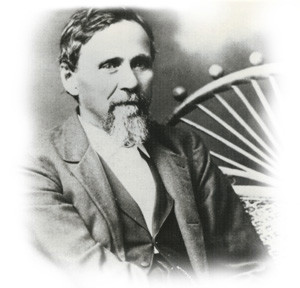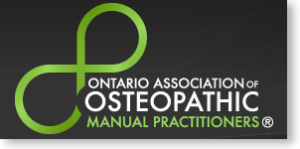Page Text
Osteopathic philosophy was developed by American physician Andrew Taylor Still in the years after the Civil War. Dr. Still considered manual diagnosis and treatment as additions to the interventions already available to physicians. His main focus was on physical anatomy as he was a surgeon. Dr. Still's interest was to enhance nature’s own ability to heal.
 In Canada, osteopathic manual practitioners are not physicians. They focus on the “whole-body” philosophy to health care using manual techniques. Osteopathic manual practitioners do not simply treat the problem area, but look for the underlying cause of the problem. Osteopathic philosophy believes the patient is an integrated functioning body, therefore, when all the components are in balance, the patient is in a state of complete health.
In Canada, osteopathic manual practitioners are not physicians. They focus on the “whole-body” philosophy to health care using manual techniques. Osteopathic manual practitioners do not simply treat the problem area, but look for the underlying cause of the problem. Osteopathic philosophy believes the patient is an integrated functioning body, therefore, when all the components are in balance, the patient is in a state of complete health.
There are four key principles of osteopathic philosophy:
- The body is capable of self-healing and self-regulation but this depends on the flow of the body’s fluid (lymphatic, vascular and neurological) being preserved and maintained.
- Structure and function of body parts are interrelated. When a structure is damaged, out of place, or not working properly, the body will not function optimally.
- The body works as a whole. It is a dynamic unit, including physical, cognitive and social- emotional that must work together for harmony.
Treatment is designed to decrease or remove restrictions to health, and enable the body’s inherent ability to heal itself.





